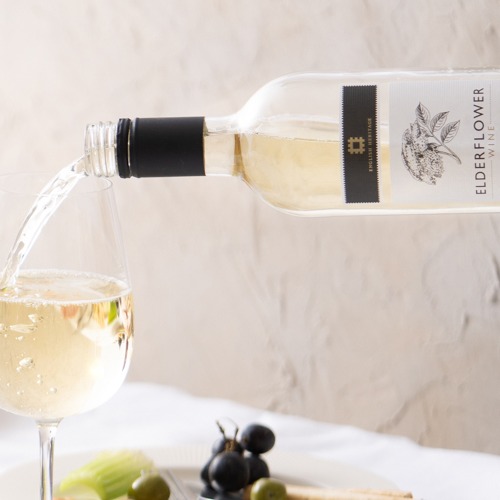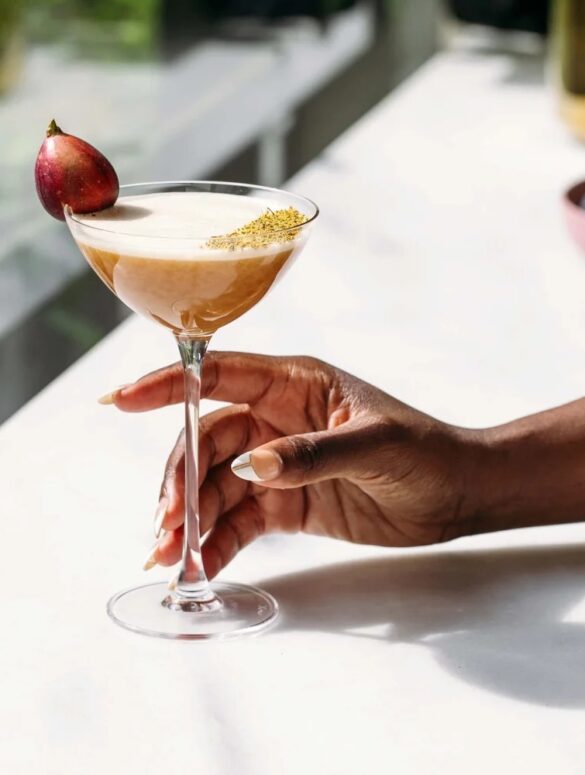Early summer in the English countryside has a way of slowing you down. Fields look greener, hedgerows are heavy with blooms, and the air carries that faint, honeyed scent of elderflowers. The first chilled sip of English Heritage Elderflower Wine mirrors that feeling. It isn’t trying to impress with complexity; it simply offers a flavour that feels anchored to the season.
Quick Overview
- Clear Elderflower Aroma – Recognisable from the first pour, carrying the freshness of newly picked blooms.
- Pairs with Ease – Complements light dishes, fruit, and fresh herbs.
- Steeped in Tradition – Produced in line with long-standing English elderflower wine-making methods.
Explore the English Heritage drinks collection
When and Where It Shines

This is a wine best served when the mood is relaxed. Picture an outdoor table set under a tree, plates of grilled fish, bowls of salad, and the low hum of conversation. The elderflower notes rise gently from the glass, followed by a taste that’s clean but rounded enough to stand beside a plate of food.
It works at the start of a meal, setting a light tone, or later in the day alongside fruit desserts. For informal gatherings, it’s a safe choice that pleases without dividing opinion — even guests who usually avoid wine often find this style approachable.
Pros
- Recognisable floral taste without artificial sharpness
- Works with both savoury and sweet plates
- Serves well chilled without losing its character
Cons
- Not suited to those seeking heavy, oaky depth
- Its lighter style means it’s best enjoyed in warm weather
The Everyday Role

English Heritage Elderflower Wine doesn’t demand attention; it supports the occasion. Imagine a weekend lunch with family — quiche, leafy greens, new potatoes with herbs. A bottle of this wine on the table quietly ties the meal together.
It also invites conversation. Elderflower wine still feels a little unexpected compared with the usual white or rosé, and guests often ask for a taste before committing to a glass. That small curiosity opens the door to talking about the English Heritage approach: careful sourcing, traditional recipes, and a focus on keeping heritage alive beyond just architecture and landmarks.
Rooted in Tradition

English Heritage treats food and drink as part of the cultural fabric it preserves. This wine follows that principle. The elderflowers are harvested and handled with care to keep their aroma intact. The fermentation is guided to produce a clean flavour with just enough sweetness to echo the blossom without tipping into syrup.
This style has deep roots in English kitchens, where elderflower has been used for centuries in cordials, wines, and puddings. The modern bottling keeps that connection while offering consistent quality from year to year.
How to Serve and Pair It
As an aperitif: Serve lightly chilled with canapés — goat’s cheese toasts, smoked salmon bites, or cucumber sandwiches.
With mains: Works well with delicate fish, herbed chicken, or pasta with fresh peas and mint.
With dessert: Complements lemon tarts, meringues with berries, or sponge cake with elderflower cream.
You can also try it in a simple spritzer with ice, soda, and a sprig of mint for a longer, lighter serve.
The Takeaway
English Heritage Elderflower Wine suits anyone looking for a drink tied to the season. It’s at home in a picnic basket, on a wedding reception table, or in the fridge ready for a quiet evening in the garden. The flavour is distinct but easy to enjoy, and the name behind it carries a trust that matters when sharing with guests.
It’s not about statement drinking — it’s about a bottle that fits in and elevates without effort.
FAQs
Q: Is it still or sparkling?
A: Still, which lets the elderflower notes lead the way.
Q: Can it be used in recipes?
A: Yes, it works well in desserts or sauces that benefit from a floral lift.
Q: What’s the best serving temperature?
A: Chilled, but not so cold that the aroma is muted.
Q: How long does it keep once opened?
A: Ideally, finish within two days to enjoy it at its best.










